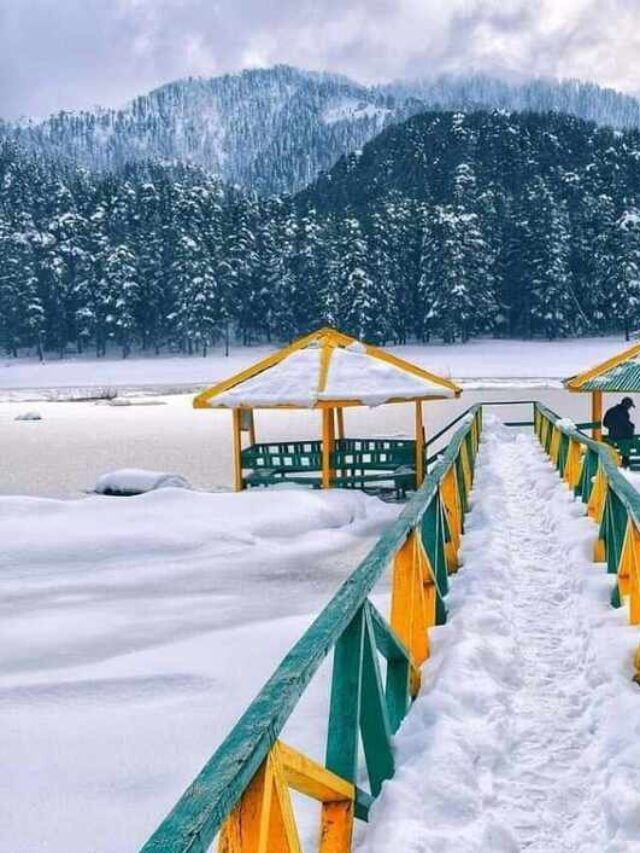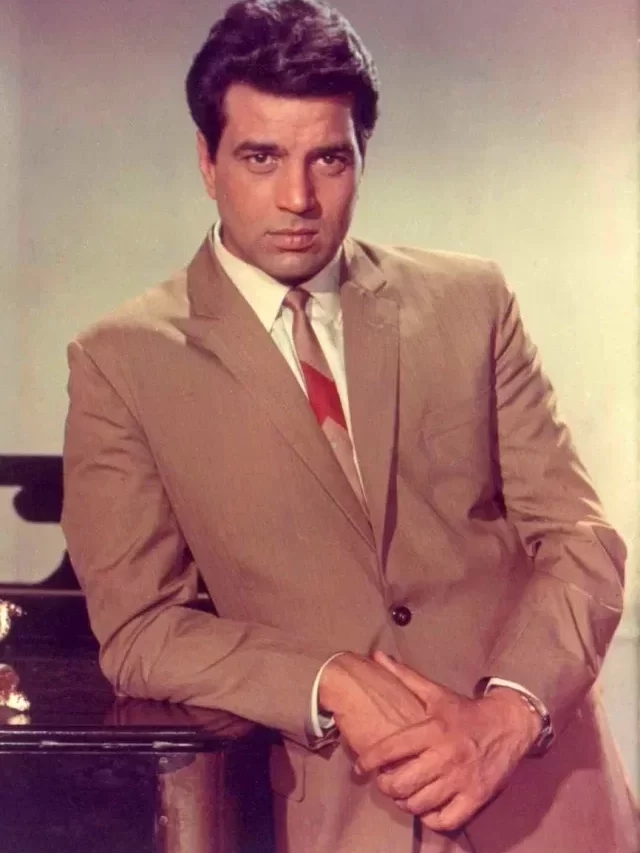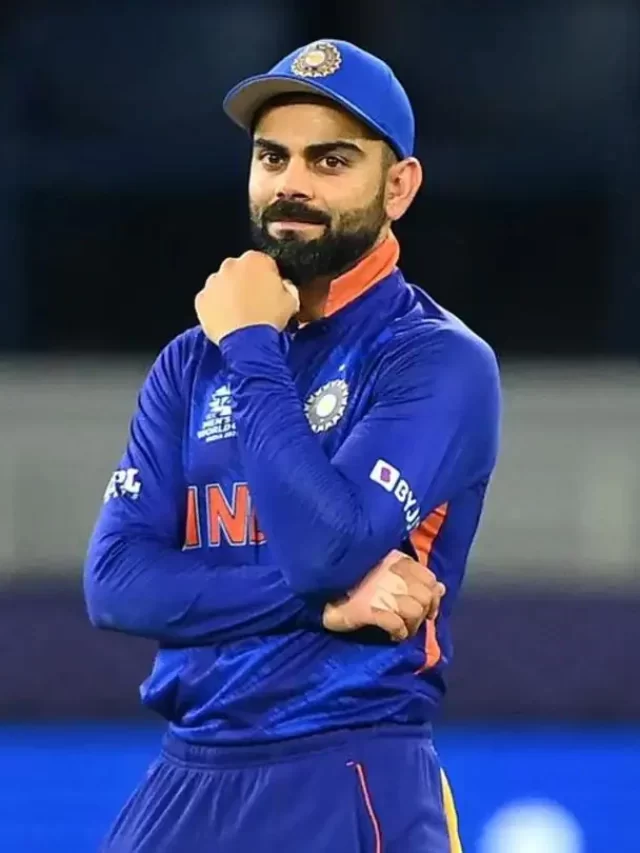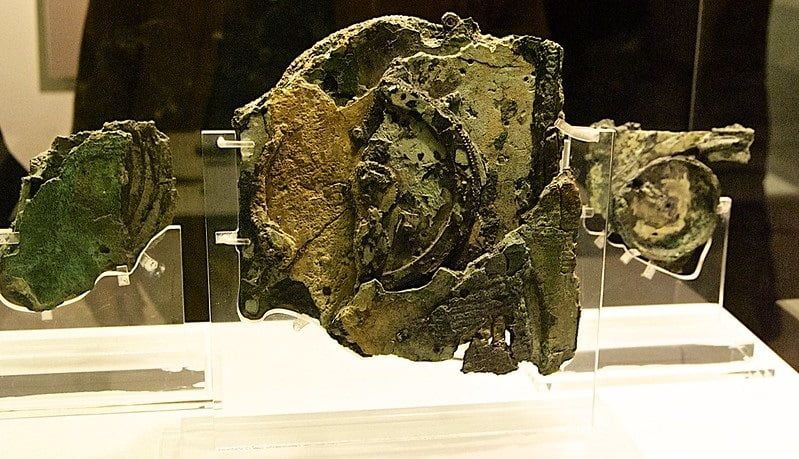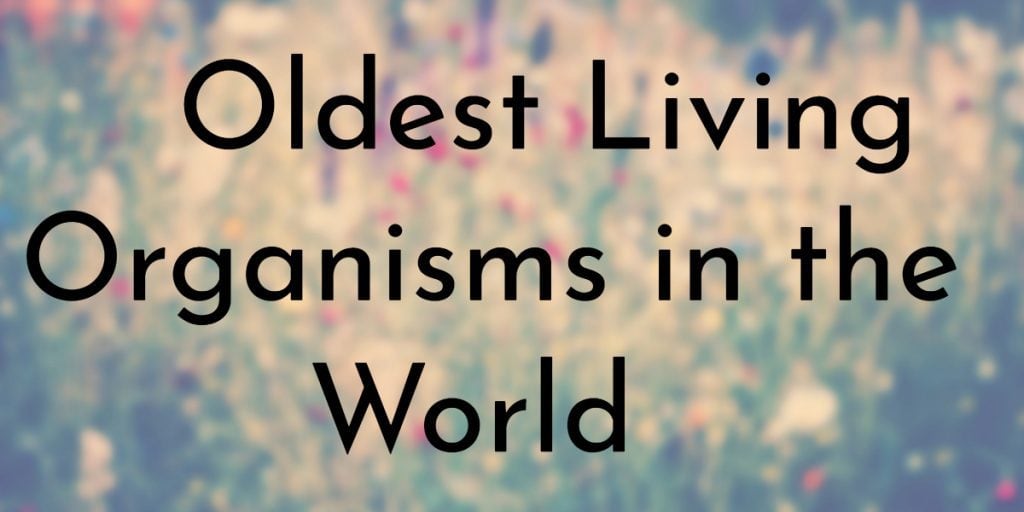On 11th July 2006, the first Mumbai train bombings took place. 209 people were killed in a series of bomb attacks in Mumbai, India. This was not a simple incident of a bomb blast — it was the culmination of a series of attacks that traumatized the state. This is why it is also regarded as the “Mumbai Terrorist Attack 2006”. The whole event of “Mumbai Train Blast 2006” was an incident that forever changed the course of history. Hence, it becomes important to learn more about the Mumbai bomb blast history.
Let’s take a look at what transpired after the terrible catastrophe that took place 16 years ago.
Mumbai Bomb Blast History
On July 11th, 2006, a total of seven bombs were detonated in the Mumbai train bombings. They occurred on the Suburban Railway in Mumbai, Maharashtra which is often regarded as the hub of the country’s financial system. Apparently, a string of grenade strikes in Srinagar began hours before the bomb attacks in Mumbai. However, any potential links between the two attacks were denied.

Blasts And Deaths
The incidents occurred over the course of 11 minutes. The Western Line of the railway Mumbai train blast 2006 network, the main artery of the city’s transportation system, was equipped with bombs that had quartz timers and five-litre pressure cookers.
The first-class compartments of many trains travelling from Churchgate happened to be where all the bombs were hidden. Seven RDX explosives detonated in these compartments of local trains between the duration of 06:20 and 06:35 p.m.
R. R. Patil, the then deputy chief minister of Maharashtra, declared that a total of 200 passengers had passed away and another 714 had been brutally hurt.
Also Read- Yasin Malik, Separatist Leader Of Jammu Found To Have Terrorist Links
Mumbai Train Blast 2006 Timeline: Investigation, Accused and Arrests
The timeline of events of the Mumbai Terrorist Attack 2006 was as follows, constituting the investigation, the accused, and the arrests made.

After Mumbai Terrorist Attack 2006
36 hours after the attack, about 350 or so people were detained.
July 14th, 2006
According to an email that had been sent to an Indian TV Channel, the organization associated with Lashkar-e-Taiba (LeT), Lashkar-e-Qahhar, claimed to have been the one behind the mumbai train blast 2006 attack.
The major reason for the attack, as mentioned in the email, appeared to have been retaliation for the conditions in Kashmir and Gujarat, presumably in reference to the alleged discrimination against Muslim minorities in some areas of the region.
July 17th, 2006
The extremely explosive RDX mixed with ammonium nitrate was used in the blasts, according to the Mumbai-based forensic science laboratory.
Prime Suspects
At first, Pakistan’s ISI intelligence service and religious radicals from the Students Islamic Movement of India (which was banned) and Lashkar-e-Taiba terrorists were the main suspects. The Islamic terrorist organization Al-Qaeda was also implicated, according to evidence, after a man posing as a spokesperson for the organization called the police on July 13th.
July 21, 2006
Three people were detained by the police in relation to the bombings. These are the first proper arrests in the case. All three of these individuals allegedly belonged to the outlawed SIMI group.
27th February 2009
In a TV station broadcast, Sadiq Sheikh, an Indian Mujahideen leader who was detained, admitted to his involvement in the attacks. He asserted that the creation of the pressure cooker explosives happened in a flat in Mumbai. He also claimed that by blaming Al-Qaeda for the attacks, he ended up misleading the investigators.
September 2015
12 individuals were found guilty in Mumbai Terrorist Attack 2006. Five of the defendants were found guilty and sentenced to death. This included: Estesham Siddiqui, Faisal Shaikh, Kamal Ansari, Naveed Khan, and Asif Bashir Khan.
Others who received life sentences included Mohammed Ali, Muzzammil Shaikh, Zamir Shaikh, Sohail Shaikh, Mohammed Sajid Ansari, Majid Shafi, and Dr. Tanveer Ansari.
Also Read- Terrorist attacks in USA: How Many Times USA Has Trembled
Why Did Mumbai Blasts Happen?
The Mumbai Blasts of 2006 was an unforgettable event in the history of our nation. It was not just one of the worst terror attacks to ever take place in a major city, the financial hub of India. It was the most vicious attack on urban transit networks in history.
There is no exact answer to why the Mumbai Blasts occurred. Is there any justification for any form of heinous crime aroused by hatred? According to a statement by an Al-Qaeda associate, the event was said to be a result of Indian discrimination against and repression of minorities, especially Muslims.
In his statement to the nation, Manmohan Singh, the prime minister, quickly urged restraint in Mumbai, during a televised speech. He said:
“No one can make India kneel. The wheels of our economy will move on. India will continue to walk tall and with confidence. Mumbai, stands tall once again as the symbol of a united India. An inclusive India. We will win this war against terror. Nothing will break our resolve.”
Conclusion
The Mumbai train bombings have been commemorated this July 11 on its 16th anniversary. This Mumbai bomb blast history will not be forgotten anytime soon. The passage of time has unfortunately shown no signs of improvement when it comes to attacks made on the basic essence of freedom. Moving forward, we can only hope that the lessons learned from such traumatizing incidents in the history of India’s existence can prepare us in advance for what the future holds.
For more content, visit DISCOVER
